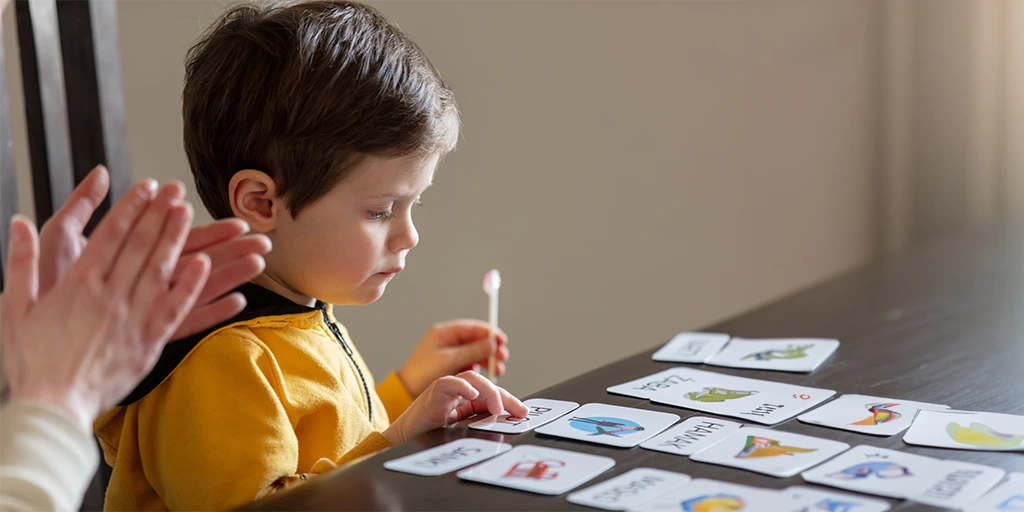Autism brings forth diverse learning experiences and challenges in each child. Introducing assistive technology in the context of these unique challenges provides an exciting and compassionate approach to their development and education. The power of assistive technology for autism is not only to bridge the gaps but also to empower autistic children by providing them with personalized solutions that cater to their unique needs. In this blog post, we’ll explore the comprehensive range of assistive devices for autism and how these innovative tools and applications are transforming the way children with autism learn, communicate, and interact with the world. It’s all about nurturing their independence and unlocking their potential with an inclusive approach.
Understanding Learning Styles in Autistic children
When it comes to helping autistic children reach their full potential, understanding their learning styles is essential. These typically fall under one of three categories – visual, auditory, or kinaesthetic. Since different learning styles involve different approaches to teaching, identifying which style is prevalent helps teachers, parents, and other caretakers make sure that the child is learning in the most effective and efficient way.


